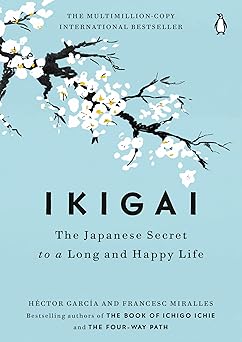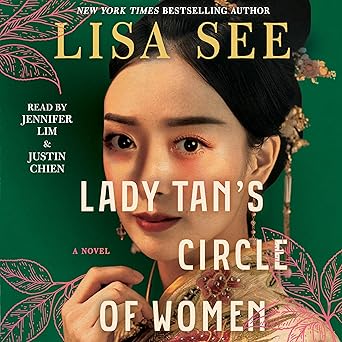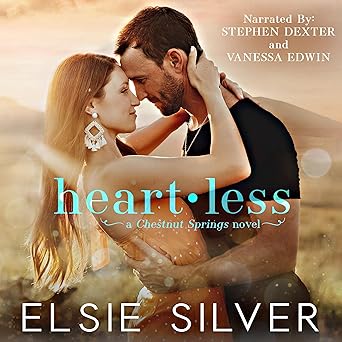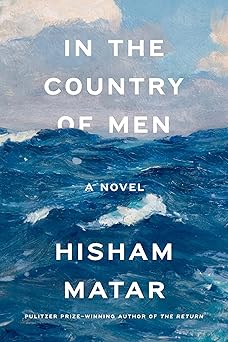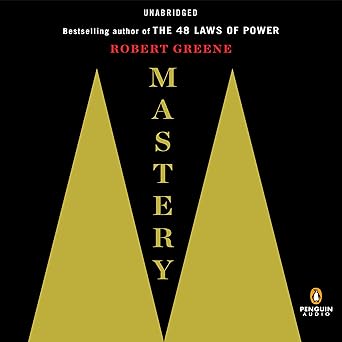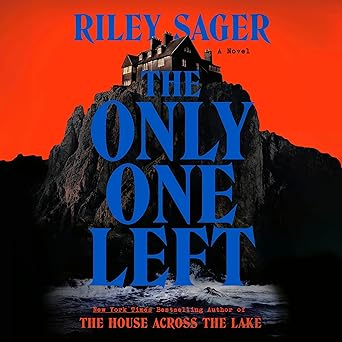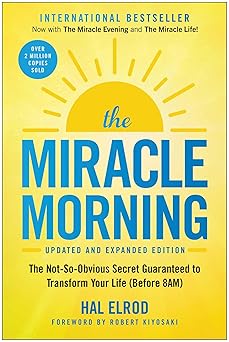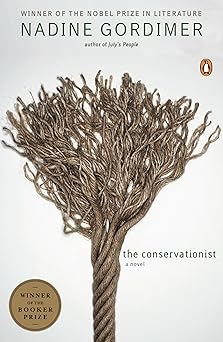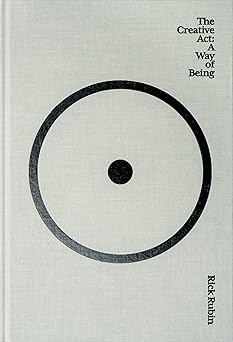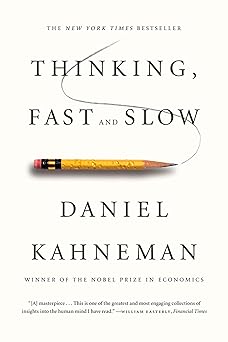
This book explores how our minds work, breaking it down into two different ways we think. It's a journey into understanding why we make the choices we do, and how those choices sometimes lead us astray. Imagine trying to bake a cake – one part is like quickly throwing ingredients together based on a familiar recipe (that's System 1), while the other is carefully measuring and following instructions to ensure it turns out just right (that’s System 1). The author, a psychologist who won a Nobel Prize, explains these two systems in a way that everyone can understand. It’s not a dry textbook; instead, it feels like a friendly conversation with someone who wants to help you understand yourself better. When I was younger, I often regretted decisions I made without thinking them through. Reading this book gave me a new way to look at those moments, realizing that my brain was just working in a certain way, and I could learn to be more aware of it. It's about recognizing that sometimes we rely on quick, gut reactions, and other times we need to step back and think more carefully. The book isn’t about blaming ourselves for mistakes; it’s about learning to be more mindful of how our minds function.
The author dives into fascinating topics, like why we’re often too sure of ourselves, even when we’re wrong. Have you ever felt absolutely certain about something, only to find out later that you were completely mistaken? That’s what this book explores. It explains how our brains often take shortcuts, leading to errors in judgment. It also touches upon how difficult it is to predict what will truly make us happy. We often think we know what will bring us joy, but sometimes we’re surprised. It's easy to get caught up in wanting things that we think will make us happy, only to realize they don't deliver. The book suggests that understanding these patterns can help us make better choices, not just in business but also in our everyday lives, like planning a vacation or deciding what to buy. It doesn's about becoming perfect decision-makers, but about developing a greater awareness of our own mental processes. A friend of mine, after reading this, started taking a few extra moments before making big purchases. It helped her avoid some regrets she had in the past. It’s a reminder that even small changes in how we think can have a big impact.
This book is not just interesting; it’s incredibly useful. It provides a framework for understanding why we sometimes make poor decisions and offers practical advice on how to improve our thinking. It's a book that stays with you long after you finish reading it. It's been popular for many years, and for good reason. It offers a new perspective on how we navigate the world and make choices. It's a guide to understanding our own minds, and that's a valuable thing. It encourages us to question our assumptions, consider different perspectives, and make more informed decisions. Sometimes, the most important thing we can do is simply pause, reflect, and think before we act. This book provides the tools to do just that, and it's accessible to anyone who wants to learn more about how their minds work. It’s a classic for a reason – it offers genuine insights that can benefit everyone.
It's amazing how often we make choices without even realizing why. We just do things, and sometimes those things lead to outcomes we didn't expect or want. I remember when my children were little, I'm sure I made countless decisions in a rush, fueled by tiredness or just wanting to get things done quickly. Looking back, I see how some of those choices had consequences I wish I could have avoided. This book really helped me see that those moments weren't necessarily about me being "bad" or making careless mistakes. It's more about the way our brains are wired to function – sometimes relying on fast reactions and assumptions, and other times needing to slow down and think things through more carefully. It’s a comforting realization, because it means we can learn to be more aware of these patterns and make different choices in the future. Understanding why we do what we do is the first step towards making better decisions, and it's a journey that's worth taking. It's like learning a new language - it takes time and effort, but the rewards are immeasurable. It’s not about being perfect, but about learning and growing. It allows us to be kind to ourselves and to others, recognizing that everyone is navigating their own mental processes. It offers a lens through which to view our actions and the actions of those around us, fostering empathy and understanding. It helps us to recognize the inherent limitations of our own thinking and to appreciate the complexity of human behavior.
The book explores why we can be so confident, even when we are wrong. We all have those moments where we were absolutely certain about something, only to discover we were completely off the mark. The author explains that our brains often take shortcuts, which can lead to errors in judgment. It also sheds light on why it’s so hard to predict what will truly make us happy. We often chase things believing they will bring us joy, only to find they don’t live up to our expectations. It's a common experience - wanting something, thinking it will make us feel a certain way, and then being surprised when it doesn't. This book suggests that understanding these patterns can help us make better choices, not just in business but also in our everyday lives. It's about being aware of the traps our minds can fall into. A friend of mine, after reading this, started taking a few extra moments before making big purchases. She realized she’s been driven by wanting things she thought would make her happy, when in reality, those things didn’t bring her lasting satisfaction. It’s a small change, but it’s made a big difference in her life. It’s a reminder that even tiny adjustments in how we think can have a significant impact. It's about being mindful of our motivations and considering the potential consequences of our choices.
This book is more than just a fascinating read; it’s a truly useful tool. It provides a framework for understanding why we sometimes make poor decisions and offers practical suggestions on how to improve our thinking. It’s a book that stays with you long after you finish reading it. It has been a popular choice for many years, and for good reason. It offers a fresh perspective on how we navigate the world and make choices. It’s a guide to understanding our own minds, and that’s a really valuable thing. It encourages us to question our assumptions, consider different viewpoints, and make more informed decisions. Sometimes, the most important thing we can do is simply pause, think, and consider before we act. This book provides the tools to do just that, and it’s accessible to anyone who wants to learn more about how their minds work. It’s a classic for a reason – it offers genuine insights that can benefit everyone. It's about recognizing our limitations and striving for greater awareness, not about achieving perfection. It’s a journey of self-discovery that can lead to a more fulfilling and meaningful life.
Rating: 5.0 / 5.0
This book is a gentle guide to understanding how our minds work, explaining why we sometimes make choices that don’t quite turn out as planned. It breaks down our thinking into two different ways we approach decisions, like baking a cake – sometimes quickly throwing things together, other times carefully measuring each ingredient. The author, a Nobel Prize winner, makes these ideas easy to grasp, feeling like a friendly chat rather than a dry lesson. I’ve often wondered why I made certain decisions I later regretted, and this book helped me see that it wasn't about being "bad," but about how our brains naturally operate. It's a reminder that we all take shortcuts and make assumptions, and that recognizing these patterns can lead to more thoughtful choices. It's not about becoming perfect, but about being kinder to ourselves and appreciating the complexity of human thinking, ultimately helping us navigate life with a bit more awareness and understanding.
